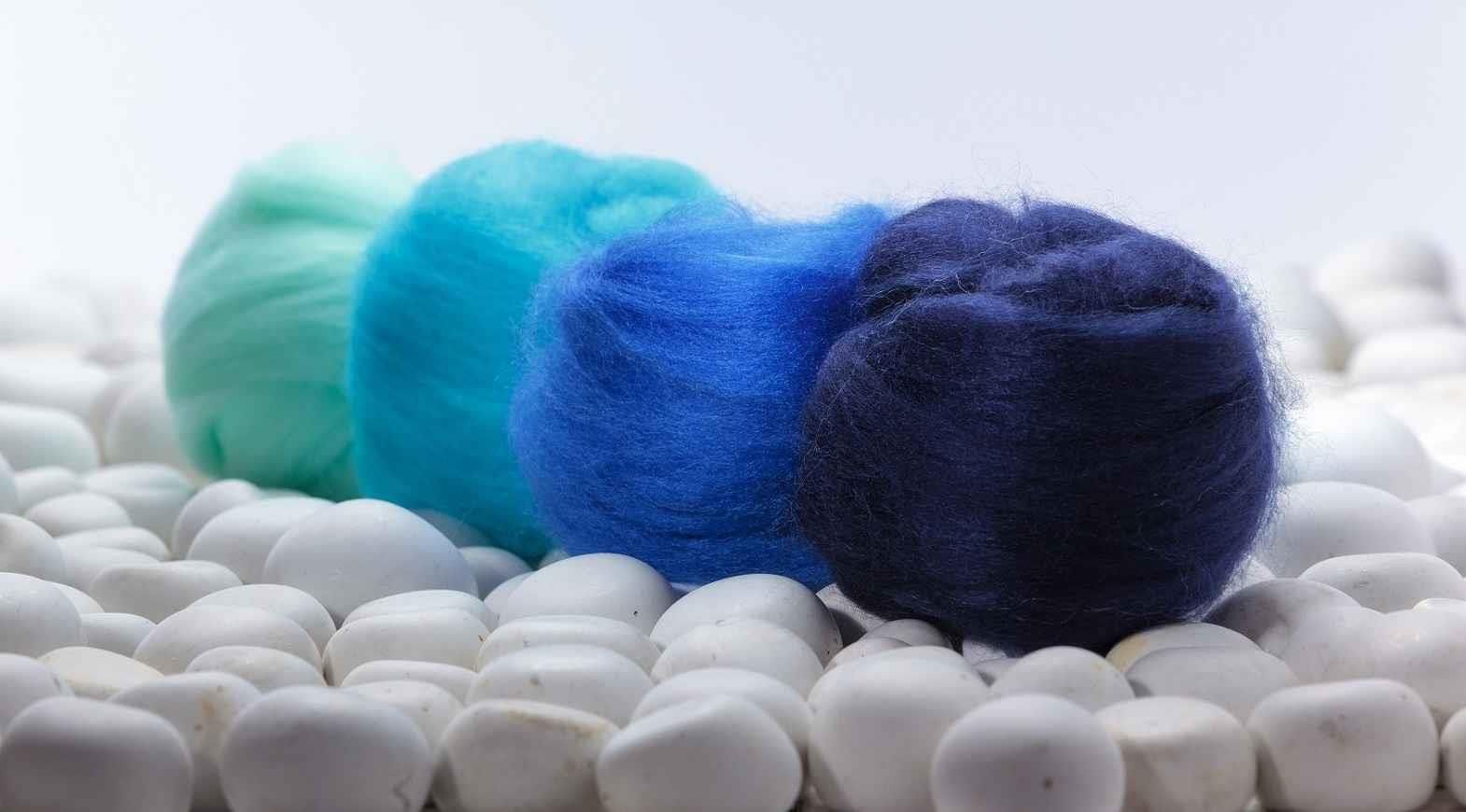Aksa has launched its new breakthrough fibre ‘Acryluna OnceDye’. The new patented product, which is set to transform the textile industry, is a sustainability-oriented acrylic fibre. It provides the durability and stability of acrylic without entering the complex stages of dyeing.
Garment longevity has recently gained considerable attention in the textile industry due to its importance in circularity. The two key pillars ‘reduce’ and ‘reuse’ are only possible with garments that last longer. Acrylic fibres are known to improve the durability of garments due to their high colour retention and dimensional stability. When blended with natural fibres, acrylic fibres create longer lasting garments that retain their colour and dimension over time.
Traditionally, acrylic fibres are dyed with cationic dyes, while cellulosic fibres are dyed with reactive dyes. Dyeing of fibre blends with different dyeing methods usually requires sequential dyeing, while acrylic/cellulosic blends need to be dyed sequentially with reactive and cationic dyes.

Acryluna OnceDye, the new generation acrylic fibre, blends perfectly with cotton or MMCF fibres and can be dyed with reactive dyes, saving processing time, energy, and water compared to other natural and synthetic blends that require additional dye baths and chemicals. The result is a long-lasting garment produced with less intensive finishing treatments resulting in a lower environmental impact.
Acryluna OnceDye reduces the carbon and water footprint of the dyeing process for acrylic-cellulosic blends by reducing chemical diversity, energy and water consumption by up to 20 per cent.
It significantly increases the capacity of dyeing plants by reducing the dyeing time by 25 per cent and a remarkable increase in production capacity of up to 25 per cent compared to other natural and synthetic blends.

OnceDye is part of the Aksa’s Acryluna family of fibres used in the apparel industry. OnceDye fibre has a wide range of applications making it perfect for casual, sports, business and work wear. It is currently available as a staple fibre, making it suitable for circular knit, woven and flat knit fabrics.


 (1)20240730094415.jpg)






Comments